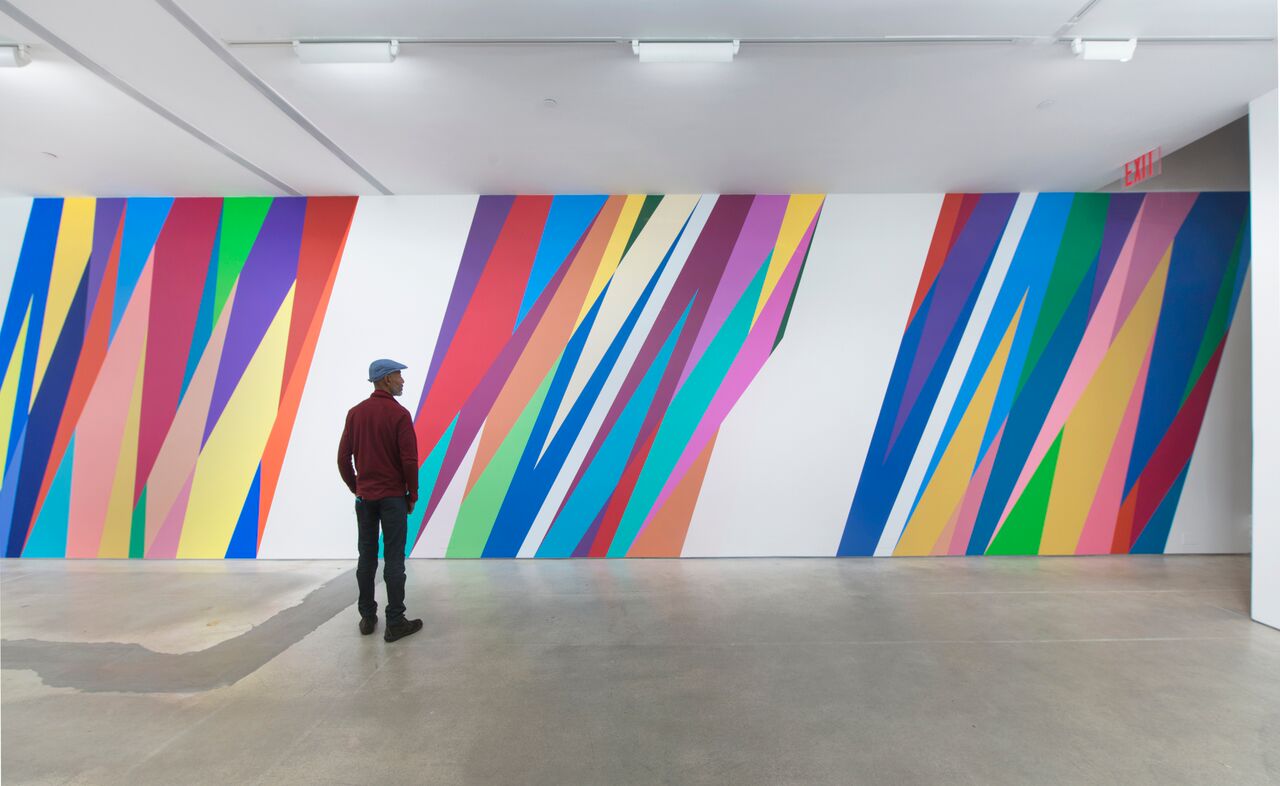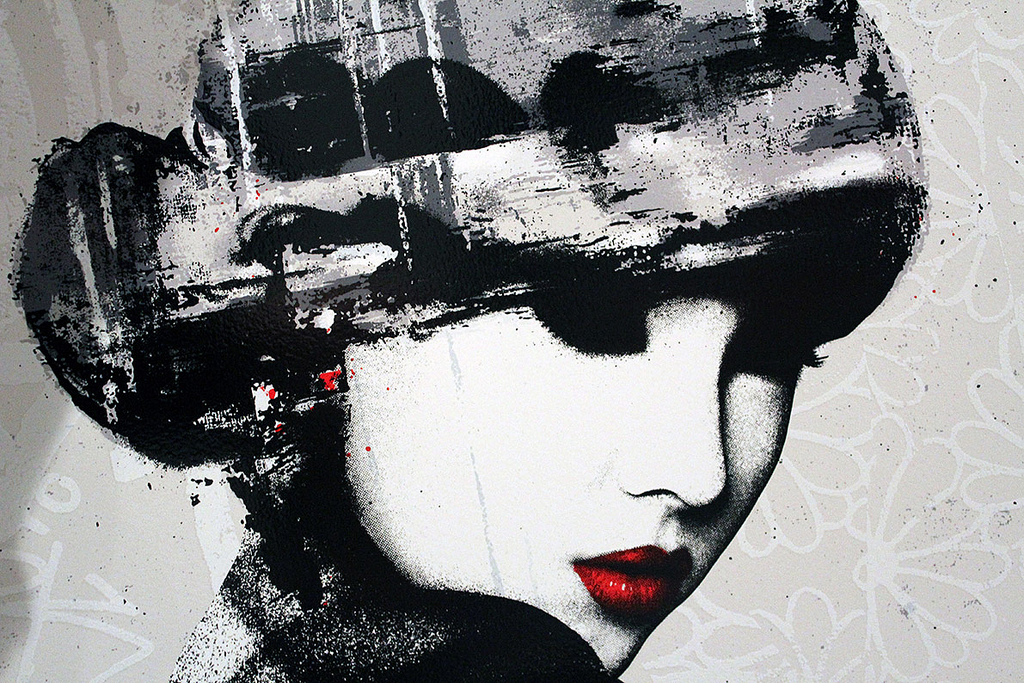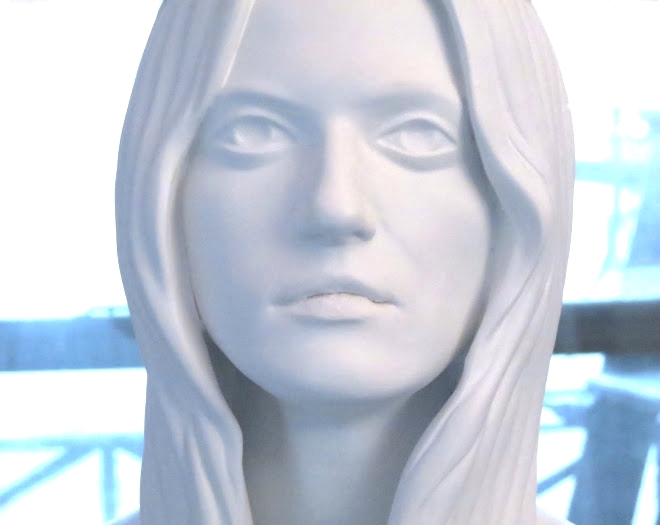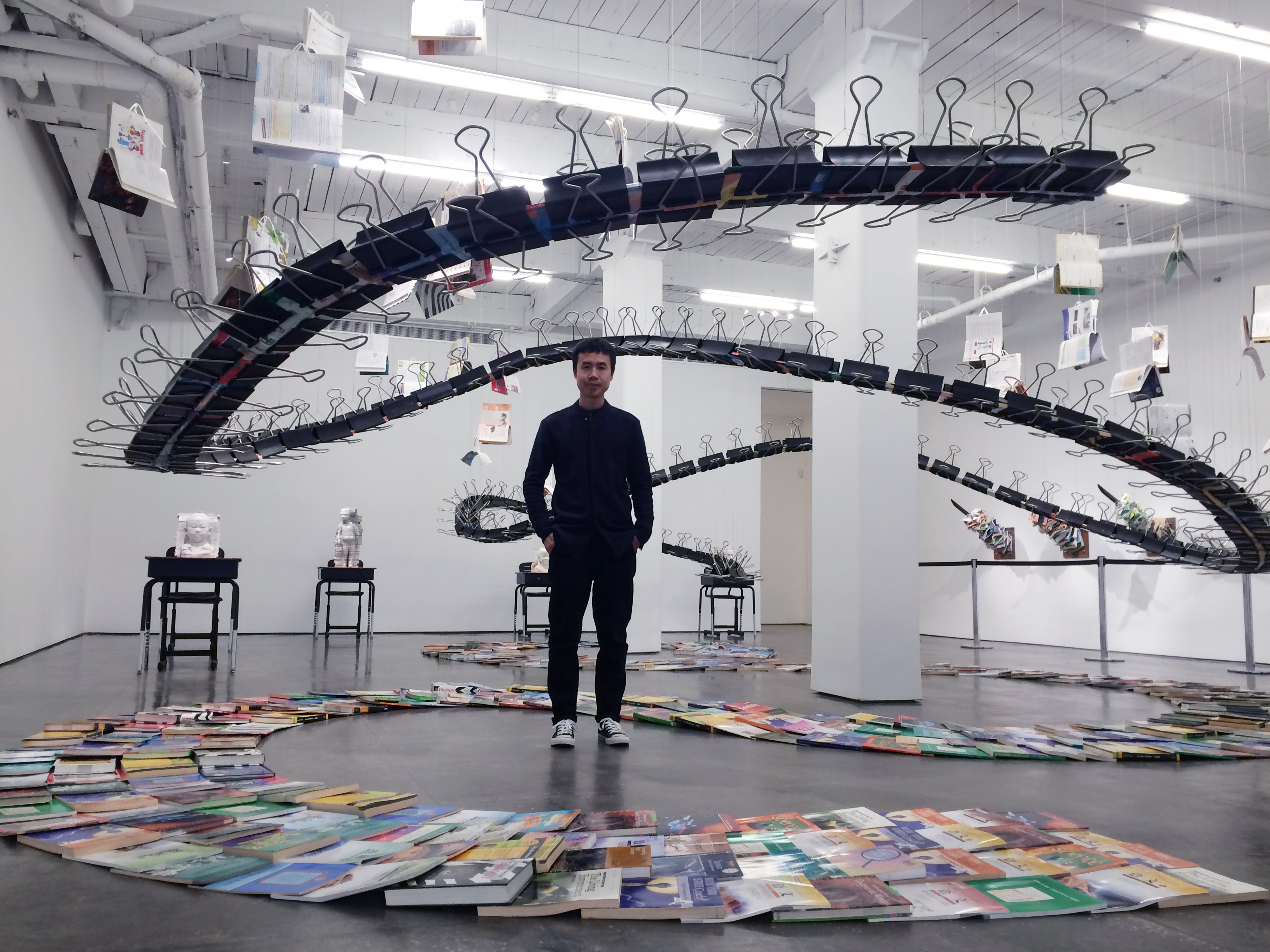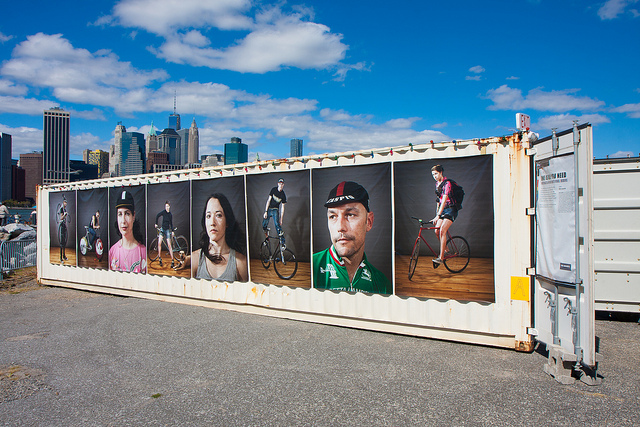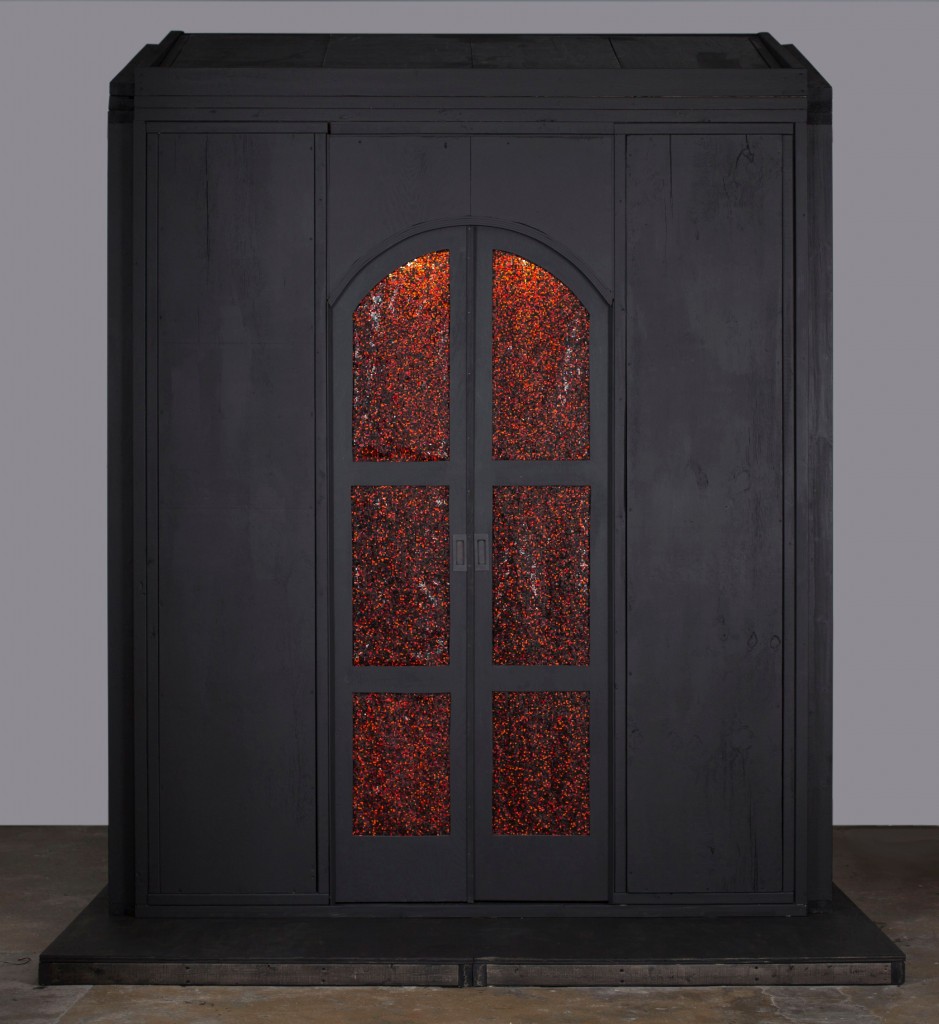
On Saturday, September 12, brothers Steven and William Ladd opened their show “Chapel” at The Invisible Dog Art Center in Brooklyn. This show is a meditation on the theme of original sin as well as the redemptive side of religion. At the heart of the exhibition stands a dark wooden paneled confessional booth, which appears austere until entered. Once inside, visitors can take a seat on one of the cushioned chairs and admire the glass bead paned doors that are illuminated by the hand made chandelier that hangs inside.
Artist Anne Austin Pearce spent a three-day residency inside the confessional, during which she invited visitors to step inside and make a Confession of Rights. Instead of confessing sins, participants were asked to confess “rights,” or things they had done well. When confessors walk out of the booth, they are confronted with two scenes that flank the structure. To the right is a sculpture depicting Eden, and on the other side are seven glass bombs, each of which represent one of the Seven Deadly Sins.
What was your initial inspiration?
Steven: I was in Paris and saw the Sainte Chapelle, and went inside and saw this amazing chapel with gorgeous floor to ceiling windows. That’s when we decided – OK, let’s build a chapel at The Invisible Dog. We see it as a progression.
When you enter, you see the Garden of Eden, where the beginning of original sin happened. You see the black ant, which is Adam, the white ant, which is Eve, and then this red ant, which is original sin. We’ve always seen the people who help and work with us as this colony of people that keeps building in our life, so the ant is a symbol that constantly goes through our work.
The original idea was to build this chapel as a freestanding structure. That idea quickly evolved into the confessional. We built this space for reflection, with a chair and bench inside. It was really about having a space where you could go inside and reflect by yourself.
William: It started with how we think about sin and the origin of sin and then morphed into something else. When you go into a confessional it’s all about sin, but when you come out of it you’re completely unburdened of your sins. It’s this whole transformational and transitional process. You come in a sinner and you come out absolved.

Tell me more about your collaboration with Anne Pearce.
Steven: We like to incorporate performance into our work. We wanted something to happen in the confessional, but we didn’t know what that was going to be. Our dear friend Anne Pierce, who does these amazing drawings has been going to the jungles of Malaysia and the South of France and creating cards as part of her Micro Myth series. She gives the guest a card, a miniature piece of art, and they write their confession on it. At the end, she photographs it and they get to keep the card.
So how exactly does the confessional work?
Anne: I find that my church is nature, as opposed to inside a building, so I wanted to bring these pieces to the space as part of this collaboration. I’ve made 500 of these cards, and it took me about a month and a half. I painted them, tore them up, and then cut them. Lastly, I’ll go back to each square and rework the final image. I want both the big picture and the intimate, small scale version.
In the chapel, you select a card and while you are choosing, I want you to think about what you’ve been doing right in the world. Then you write your confession on the back of the card, and then I will photograph that confession. I want you to remember something that you’ve done well. It can be abstract, it can be big, it can be small – you can write anything you want. This is about celebrating the good things in life instead of focusing on the things you’ve done wrong.

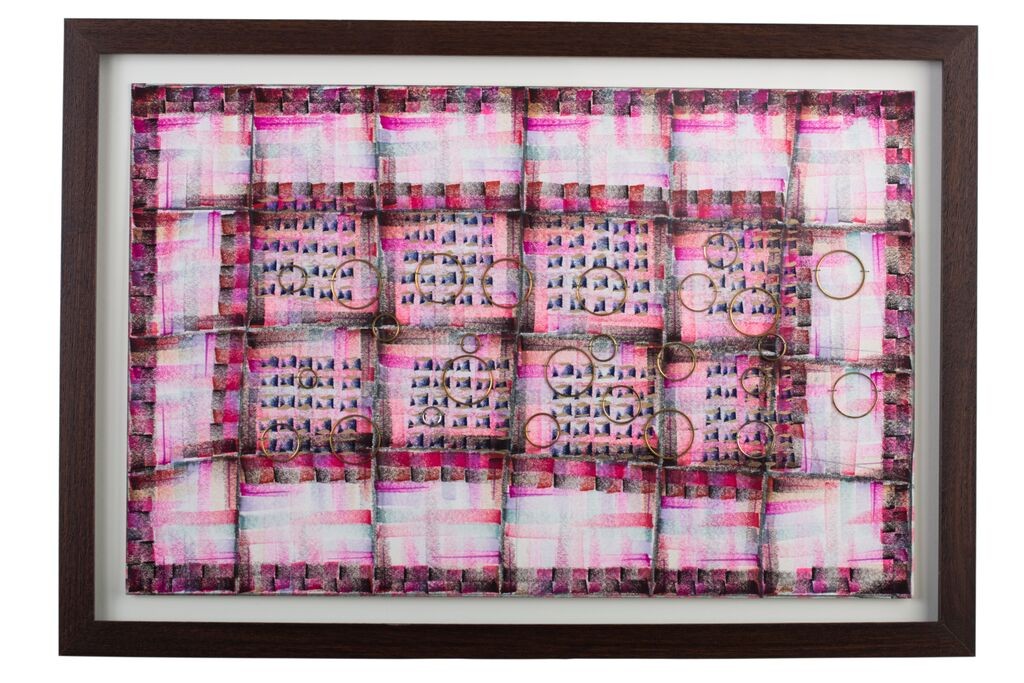

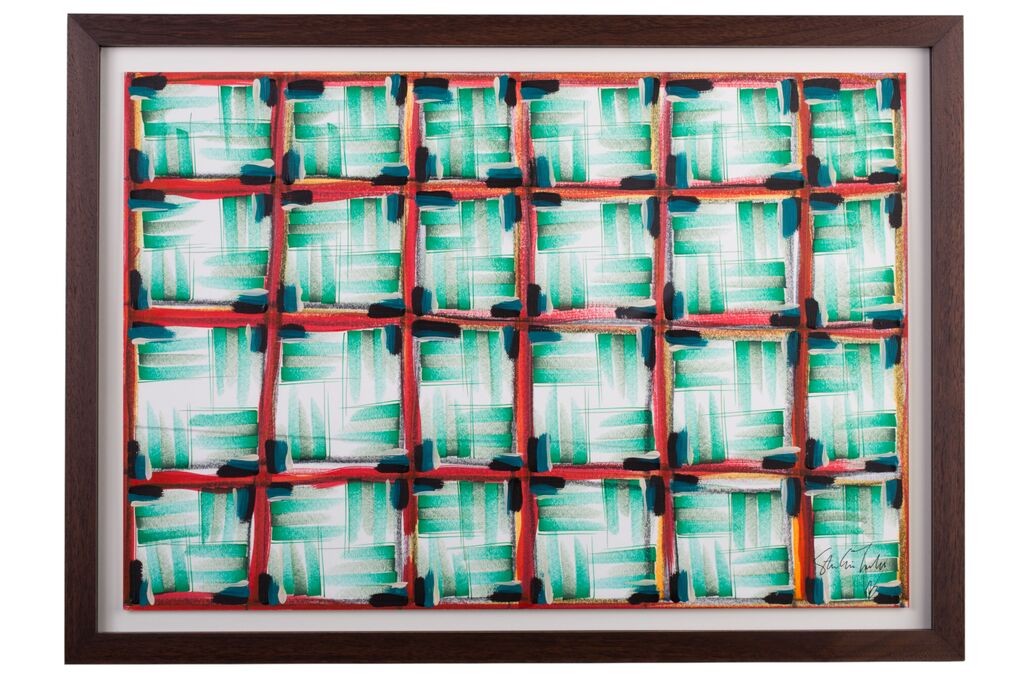

Anyone that was raised with religion will be taken aback by the alternative version of this experience. Regardless of religious orientation (or lack thereof) visitors can enjoy a moment of personal reflection all the while experiencing unique pieces of art.
Chapel will be on view at The Invisible Dog until October 17th, click here to learn more about the artist and the exhibition space.



